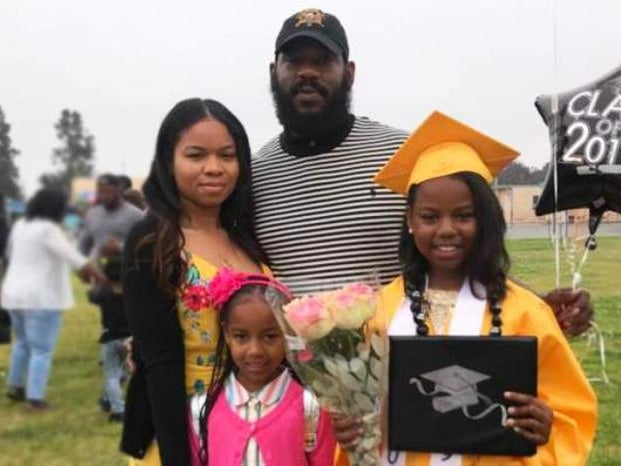
DKMS is working to address disparities this National Minority Health Month
April is National Minority Health Month (NMHM), which for us means a time to raise awareness about health disparities that continue to affect racial and ethnic minority populations and encourage action through health education. The basis for NMHM began in 1915 with the establishment of National Negro Health Week by Booker T. Washington. 87 years later in 2002, National Minority Health Month received official support from the U.S. Congress with a concurrent resolution (H. Con. Res. 388) that “a National Minority Health and Health Disparities Month should be established to promote educational efforts on the health problems currently facing minorities and other health disparity populations.”
Now, here we are in 2022, and at DKMS, we're working to highlight the disparities in the bone marrow registry. Every 27 seconds, someone in the world is diagnosed with a blood cancer - regardless of age, gender, or ethnicity. And while blood cancer may hurt people indiscriminately, it's significantly more difficult to find donors for individuals of color. If you're white and presented with a 77% chance of finding your perfect genetic twin and recovering from an otherwise terminal disease, those odds feel scary, but not insurmountable. There's hope in 77%.
However, that hope drops to 46% if you're Hispanic.
It plummets to 23% if you're of African-American descent.
Fortunately, there are two very powerful things you can do immediately to curb these odds:
1) Register to Become a Stem Cell Donor
When a patient’s doctor starts the search for a matching bone marrow donor, they will generally look at 10 specific human leukocyte antigen (HLA) markers to determine a match. Most require at least a 9 out of 10 match, but a 10 out of 10 is best. The closer the match, the better the chance that the patient’s immune system will recognize the donated cells as its own and allow them to grow and make new healthy blood cells. When it comes to matching HLA types, a patient’s ethnic background is important in predicting the likelihood of finding a match. This is because HLA markers used in matching are inherited. Some ethnic groups have more complex tissue types than others. So a person’s best chance of finding a donor may be with someone of the same ethnic background.
You can register today to become a bone marrow donor here.
2) Spread Awareness
DKMS is an international nonprofit dedicated to helping patients find their lifesaving bone marrow donor to treat their blood cancer or disorder. The more people who know about the demand for bone marrow and blood stem cell donors, the better the chances are for the patients who need them.


